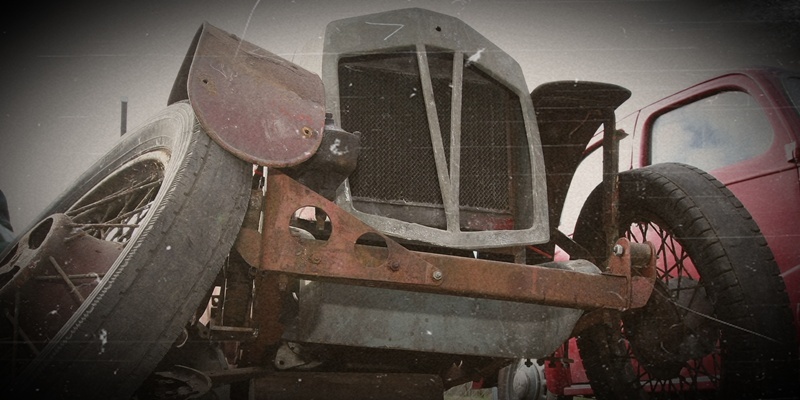Over a century ago, Scotland was dotted with small engineering firms experimenting in a brand-new industry motor manufacturing. Brian Townsend takes a drive down memory lane, looking at the firms involved in the early days of an exciting new era of transport.
To some people, the words “Scottish motor industry” will sound like an oxymoron. But at the dawn of the motoring era a century and more ago, dozens of Scots engineering firms started making motor cars.
After all, back then they were the “in thing” to the extent that Mr Toad, of Wind in the Willows fame, just had to have one, even if it meant nicking it.
In total nearly 60 Scottish firms ventured into car-making, and a handful Albion, Argyll and Arrol-Johnston and its subsidiaries survived for several decades. The vast majority of car-makers were located in and around Glasgow, although Edinburgh, Ayrshire and (surprisingly) rural Dumfries and Galloway also boasted several manufacturers.
Car-making fever even hit Dunfermline, Dundee, Angus, the Mearns, Aberdeen and Inverness but, with one exception, nearly all of them fizzled quickly or went back to whatever they manufactured previously.
Dundee had two car-makers William Robertson and Sons, Bell Street, who from 1900 to 1902 made motor tricycles, voiturettes and cars, and Werbell, in South Ward Road, who built eight 25hp cars between 1907 and 1909.
In Dunfermline the family firm of Michael Tod and Sons built one solitary prototype three-wheeler in 1897 and, in Laurencekirk, cyclemaker John Tavendale established the Mearns car firm in 1899, changed the name to the snazzier St Lawrence, but gave up in 1902.
Arbroath boasted two car-makers, Douglas Fraser and Sons, who made a few steam-powered cars in 1911, and James Law.Brief successThe one Angus firm that made a brief success of car manufacturing was Anderson-Grice of Carnoustie, famed for their foundry work and crane-making. They went into car-making in 1906, producing the Dalhousie, an amazing (for the era) four-cylinder roadster with steeply raked bonnet and cabriolet top.
Just how many Dalhousies were made is a moot point eight to 10 is the estimate but Anderson-Grice sold the venture in 1910 to James Law in Arbroath. He also bought all the Dalhousie spare parts and it is thought he may have built a handful more cars, using the spares stock and adding whatever else was required.
Anderson-Grice began life around 1880 as Arbroath Foundry in Dickfield Street, quickly outgrew its original premises and moved in 1886 to the vacated Taymouth Linen Works at Carnoustie. Founder George Anderson was joined by AG Grice around the turn of the century and he probably led the firm into its brief car-making foray.
He designed the Dalhousie and he later joined the car-maker GWK as chief designer. Anderson-Grice continued for many decades, making quarrying machinery and various types of cranes and even made equipment used to help salvage the German fleet from Scapa Flow. But they never repeated their car-making venture.
Volume car-making did arrive in Scotland in 1963 when the Rootes group, spurred by the then government, opened the Linwood plant in Renfrewshire to make the famous rear-engined Hillman Imp to challenge the all-conquering Mini. Although the Imp and variants like the Singer Chamois and Sunbeam Stiletto had many outstanding qualities, its aluminium engine and cylinder head tended to warp, the cars frequently broke down and by the time the problems were fixed it was too late.
Rootes had meantime been taken over by US car-maker Chrysler, who later sold what was left of the Rootes empire to Peugeot. Linwood was axed and its closure was a contributory factor to the eventual demise of the Ravenscraig steelworks at Motherwell.
